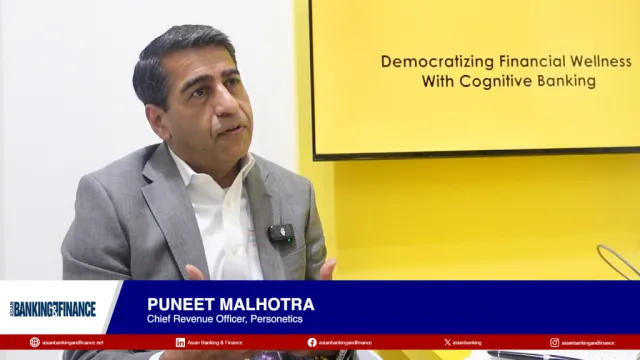
Vietnam’s lenders bolstered by reforms and foreign direct investment
The direct impact of tariffs on the banking sector should be manageable, S&P said.
Vietnam’s financial institutions are expected to become more resilient to future downturns, as the country is expected to maintain its above average economic growth.
Vietnam’s economy is expected to grow by 5.9% in 2025 and 6% in 2026, outpacing the APAC region's forecasted 4.1% growth rate, S&P Global Ratings said in a report on 26 August 2025.
“Vietnam's strong economic growth in recent years surpassed that of many of its regional peers. Vietnam will maintain solid economic growth over the next 12-24 months powered by robust investments and improving domestic conditions, despite tariff and trade uncertainties,” the ratings agency wrote.
Financial institutions— notably Bank for Foreign Trade of Vietnam (Vietcombank), Vietnam Technological and Commercial Joint Stock Bank (Techcombank), and Vietnam Export Import Commercial Joint Stock Bank (Vietnam Eximbank)– are expected to benefit the country’s GDP growth and resilient inflows of foreign direct investment (FDI).
Sweeping administrative and provincial reforms, including strengthening of financial sector rules and regulations, could produce results over the next few years, S&P added.
S&P believes that ongoing institutional reforms will support asset quality.
“For example, new laws on collateral enforcement, which will come into effect in October 2025, will strengthen banks’ ability to resolve NPLs,” it said.
The direct impact of tariffs on the banking sector should be manageable, it added.
“We estimate loans to the export sector accounted for 3%-5% of total banking sector loans. A reduced tariff rate of 20% for exports to the U.S. is significantly lower than the 46% announced in April 2025,” it said.
The ratio of nonperforming loans (NPLs) for the banking industry also improved to 4.1% in 2024, from 4.5% in 2023. The improvement may be due to the ongoing recovery of the real estate sector, interest rate cuts— which support borrowers’ repayment ability— and a denominator effect of strong loan growth, S&P said.
Banks’ deposit bases are relatively sticky across economic cycles, it added. “The domestic savings rate, hovering between 35% and 37% of GDP over the past five years, provides a sufficient buffer.”



















 Advertise
Advertise




